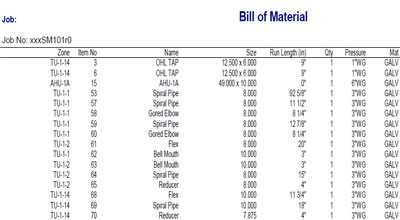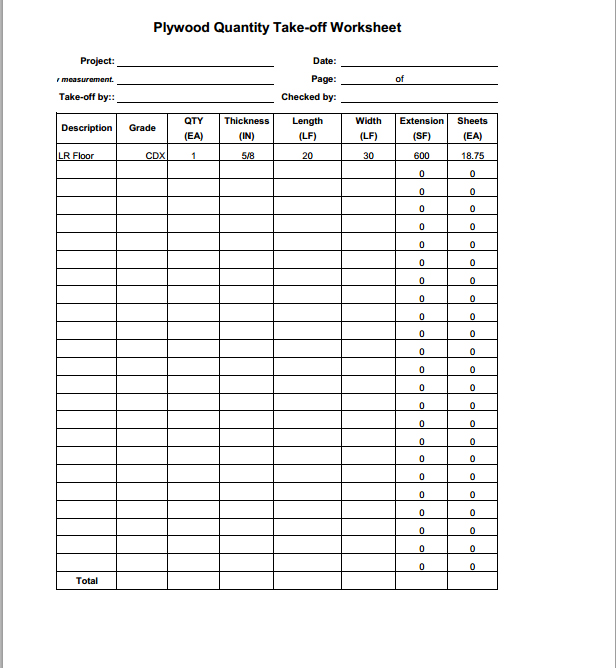


Earthwork: Volume Calculation: Section Method: Area Calculation: Nett area calculation.Earthwork: Volume Calculation: Section Method: Area Calculation: Trapezoidal Rule.

Earthwork: Volume Calculation: Section Method.To understand Area and Volume Calculation completely you need to go through following Posts Further, all the calculations are done depending upon these values. By surveying, the site elevations of the existing earth at various points of the work site are determined. The first step involved in doing an earthwork calculation is surveying the site. There are four popular methods of earthwork calculation which we will be discussing in this document Other common earthwork applications are land grading to reconfigure the topography of a site, or to stabilize slopes.Irrigation projects such as canals and dams.Typically, earthwork is done in the following projects: The filling is the process of moving the excavated material or additional earth material to a work location to achieve the desired topography. Earthwork involves cutting and filling to achieve the required topography.Ĭutting is the process of excavating earth material from a work location or borrow pits to achieve the desired topography. Earthwork is done to reconfigure the topography of a site to achieve the design levels. This document discusses the industry practices of various methods of volume calculation so that the readers can finally choose the right one for their project.Įarthworks are engineering works created through the moving and/or processing of massive quantities of soil or unformed rock. Some of these methods were introduced before the invention of computers and are still being continued. For various civil engineering projects like road work, irrigation canal project, tank survey, earthmoving, etc., the calculation method used is different. This is risky business, so that practice is reserved for the old school, seasoned contractors.In this post, we are going to discuss various methods of volume calculation that can be adopted to find earthwork quantities. Some contractors don't have to do a take-off to know what the work will cost. So, once all take-offs related to a portion of work are completed, then an estimate is prepared. It's quite tricky making sure rebar ends up where it was meant to be, hence the invention of epoxy. Corners, end conditions, and locations where two walls intersect will typically have two bars in each cavity. Typically, rebar is dowelled out of the slab or footing below, and there is a bar in every other cavity. You could convert quantity of bars (by linear feet) to weight of steel and provide a quantity in lbs of steel.

with horizontal rebar running through each course. There's also rebar in the block wall, let's say #5 bars, embedded 1'-0" into the concrete below, 4'-0" high, at 16" o.c. For those of you who'd like to try this on your own, remember to convert cubic inches to cubic feet to cubic yards. For each block, there are two cavities measuring approximately 7" x 8" x 6". Because this is a more advanced take-off, it could be completed with a measurement of the cavities inside the block. Now, the masonry contractor will have an idea of how much grout will fill each block. These ideas are for the curious minds out there who beg to see the "big picture."


 0 kommentar(er)
0 kommentar(er)
